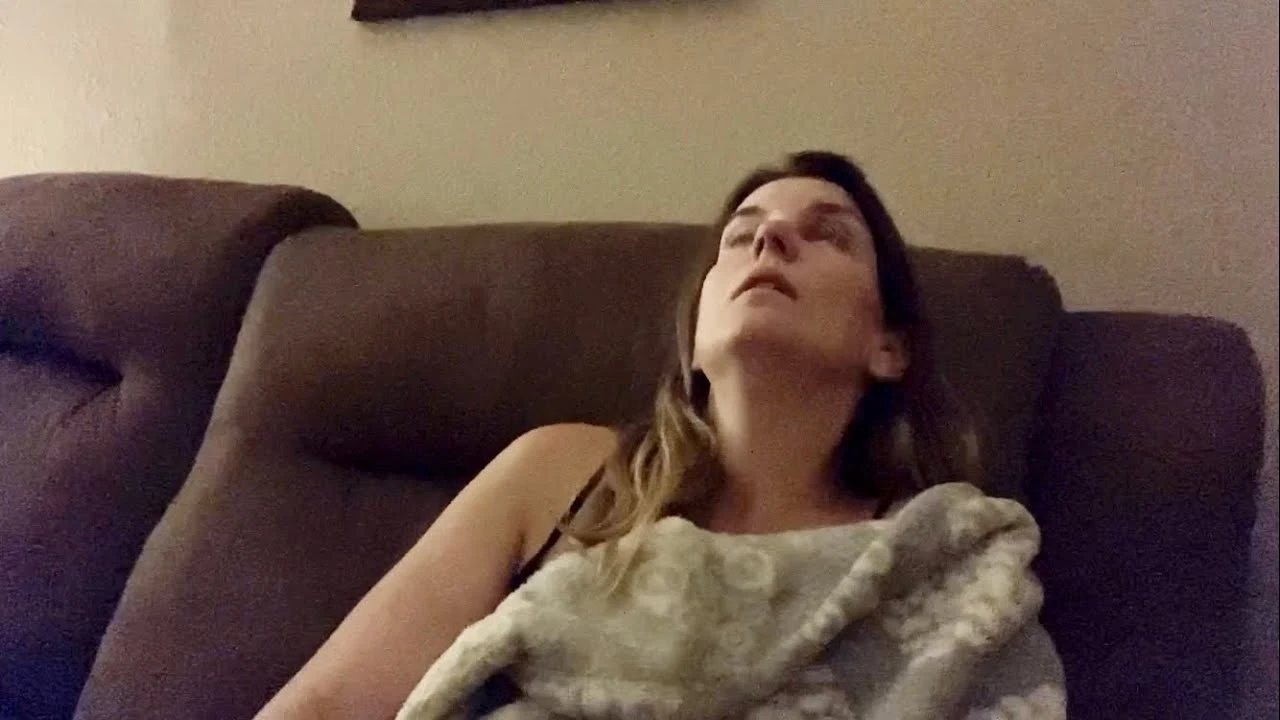The role of diet in managing tonic-clonic seizures
 Nov, 9 2023
Nov, 9 2023
Setting The Scene: Understanding Tonic-Clonic Seizures
I think it's fair enough to start by understanding what tonic-clonic seizures are - not just for the sake of relevance, but also because of how vital this understanding is to everyone. These seizures are the most common type of seizure, formerly known as grand mal seizures. They're characterized by a sudden loss of consciousness, body stiffness, and muscle jerks. While terrifying to witness - I've seen one or two happen to my friends - they are thankfully treatable. Without successful treatment, however, they can potentially be deadly.
These seizures are caused by abnormal electrical activity in the brain. If you want a simple way to visualize it, imagine your brain is like a city's electric grid. Sometimes, a power surge can cause everything to go haywire, resulting in flickering lights, power failures, and, in very severe cases, even fires. That's a similar concept to what happens during these seizures.
An Unlikely Hero: The Ketogenic Diet
Believe it or not, tweaking your diet could play a crucial role in managing tonic-clonic seizures. The 'Ketogenic Diet', a diet high in fats and low in carbohydrates, was first introduced as a treatment option for epilepsy - a neurological disorder that includes the risk of tonic-clonic seizures - around a century ago. This diet encourages the body to burn fats rather than carbohydrates to produce energy. This state, known as 'ketosis', can reduce the frequency and intensity of seizures.
Scientists are not entirely sure why the diet works, but they have theorized that the ketones - the molecules your body produces in the state of ketosis - is neuroprotective. These ketones might protect nerve cells from damage during a seizure, which could explain why the diet reduces seizure rates. Now, isn't that fascinating?
Fighting Seizures: Foods to Embrace
With the ketogenic diet, the most significant change resides in embracing high-fat foods while waving goodbye to high-carb favorites. We're talking about saying hello to avocadoes, cheeses, and olives, and saying sayonara to bread, pasta, and sugar.
Now, this doesn't mean you're restricted to eating only fat and zero carbs. You can still enjoy a small amount of Carb-resplendent foods, but you have to be calculative. A piece of good advice I got from Evelyn, my wife, who happens to be a dietitian, is to keep a daily log of all the fat and carbs I consume. This way, I can maintain the 4:1 ratio, i.e., 4 parts fat for every 1 part protein and carb.
The Challenging Side: Foods to Avoid
Alright, Melbourne mates and Sydney siders, here comes the challenging part. A critical aspect of the ketogenic diet involves saying goodbye to carbohydrate-rich foods. This includes some of Australia’s favorites - I’m talking about Lamingtons, Pavlova, and Tim Tams. Thinking about it even makes my belly ache in protest.
Other foods to be wary of include starchy vegetables, legumes, whole grains, fruits, and sweetened drinks. Yes, even bananas and apples make it to the chopping block! These dietary restrictions might seem intimidating, but remember, it's about finding alternative, healthy ways to fill you up, without putting you at risk of a seizure.
Reaping the Results: Understanding Ketosis
Understanding 'ketosis', a metabolic state encouraged by the ketogenic diet, is crucial. When you reduce carb intake, your body needs to source energy from elsewhere. And no, this doesn’t mean you can upsell your energy needs to the highest bidder.
Instead, your body switches gears and starts to burn fat for energy, generating ketones in the process. This metabolic switch and the resulting ketone production are the reasons why a ketogenic diet can help manage seizures. The process might not be as cool as becoming a superhero after being bitten by a radioactive spider, but the ability to control seizures? That's pretty super if you ask me!
Walking the Talk: My Experience
Yes, you guessed it! With a 40% chance of sharing a personal story, the odds were in your favour. While I don't personally have a history of seizures, I have had the eye-opening experience of transitioning to a ketogenic diet, just out of curiosity and a tad bit of solidarity with a friend who has epilepsy.
I won't sugarcoat it (pun intended); it was a challenge, especially during the first couple of weeks. I craved my usual carbs, and to be honest, being surrounded by delicious Australian cuisine didn't make it easier. But over time, I began to see the positive side. I felt more energetic, lost a little weight, and it broadened my palate as I explored different high-fat foods. So, whatever your specific circumstances are, don't let fear of change stop you from trying something that might change your life for the better.
Stay Committed: Navigating Through Change
The most important part of any diet, especially one as specific as the ketogenic diet, is commitment. It's like signing up for a Netflix series - you have to see it through to the end to get the full picture. It's okay to find it challenging, and it's alright to sometimes wish you could run back to the warm embrace of carbohydrates. But remember, you're doing it for a greater cause.
Keep in mind that everybody is different, and what works for one person might not work for another. This is why it's crucial to consult a healthcare professional or dietitian before embarking on this dietary journey. Reach out to friends or local support groups for motivation and tips, and treat each day like an adventure. Who knows, you might end up finding your new favorite food in the process!
